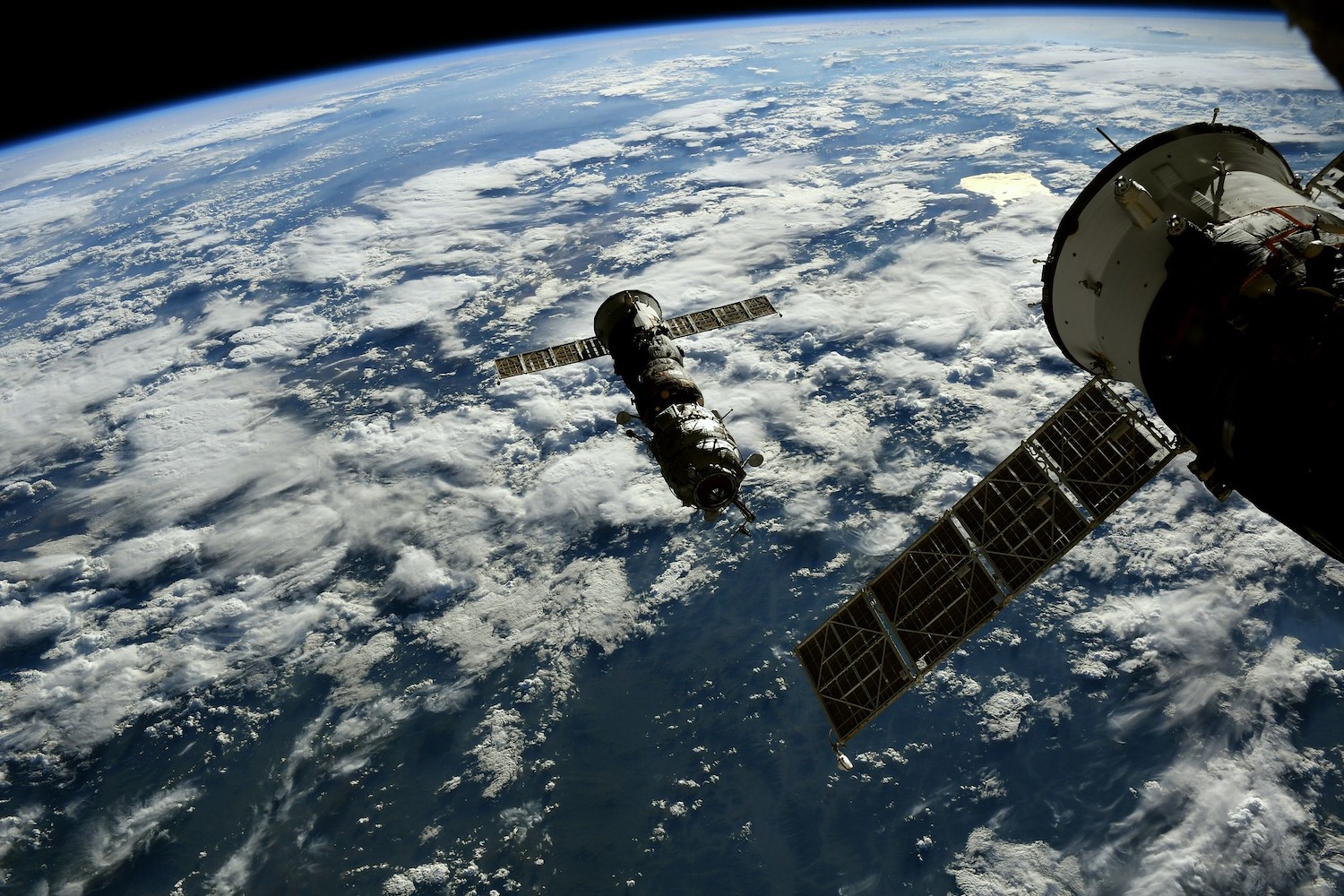Almost 20 years after arriving at the International Space Station (ISS), the Pirs docking module departed the orbiting outpost earlier this week before burning up in Earth’s atmosphere.
Also known as DC-1, Russia’s Pirs docking module arrived at the ISS in September 2001, hosting numerous spacecraft over its many years of service while also operating as an airlock for more than 50 spacewalks.
Its departure is notable, as it marked the first permanent decommissioning procedure for a major section of the ISS. Pirs has made way for a newer module, Nauka, that has already launched and is scheduled to arrive at the space station on Thursday, July 29.
The module drifted off attached to the Progress cargo ship that docked with the ISS in February.
Pirs’ final hours were documented by current space station crew member Thomas Pesquet. The astronaut’s images (below) show not only the undocking but also its fiery end as it entered Earth’s atmosphere at high speed. Pirs can be identified by its lighter color, while Progress includes the wing-like solar arrays.
Russia’s space agency also posted a spectacular shot of the module’s final moments …

“It’s not every day that you see a piece of the station being taken away,” Pesquet wrote in comments accompanying the photos. “We pitched the International Space Station 90 degrees, and so we flew belly first to help out with the maneuver.”
The French astronaut added that it was “quite a strange feeling to see a part of your ship fly away in mid-air … A couple of hours later, and we had front-row seat to the fireball that was going to be DC-1’s last act.”
Pesquet said the crew aboard the space station clearly saw smaller pieces come away from “the main fireworks,” describing Pirs’ spectacular destruction as “quite the show.”
Some non-combustible parts of the Pirs and Progress were later confirmed to have fallen into the Pacific Ocean.
In its lifetime, more than 70 spacecraft docked with Russia’s Pirs module, including mainly Progress cargo ships bringing supplies and Soyuz spacecraft transporting ISS crew members.
Curious about life on the International Space Station? Then check out this collection of insightful videos created by astronauts who’ve stayed there over the years.






